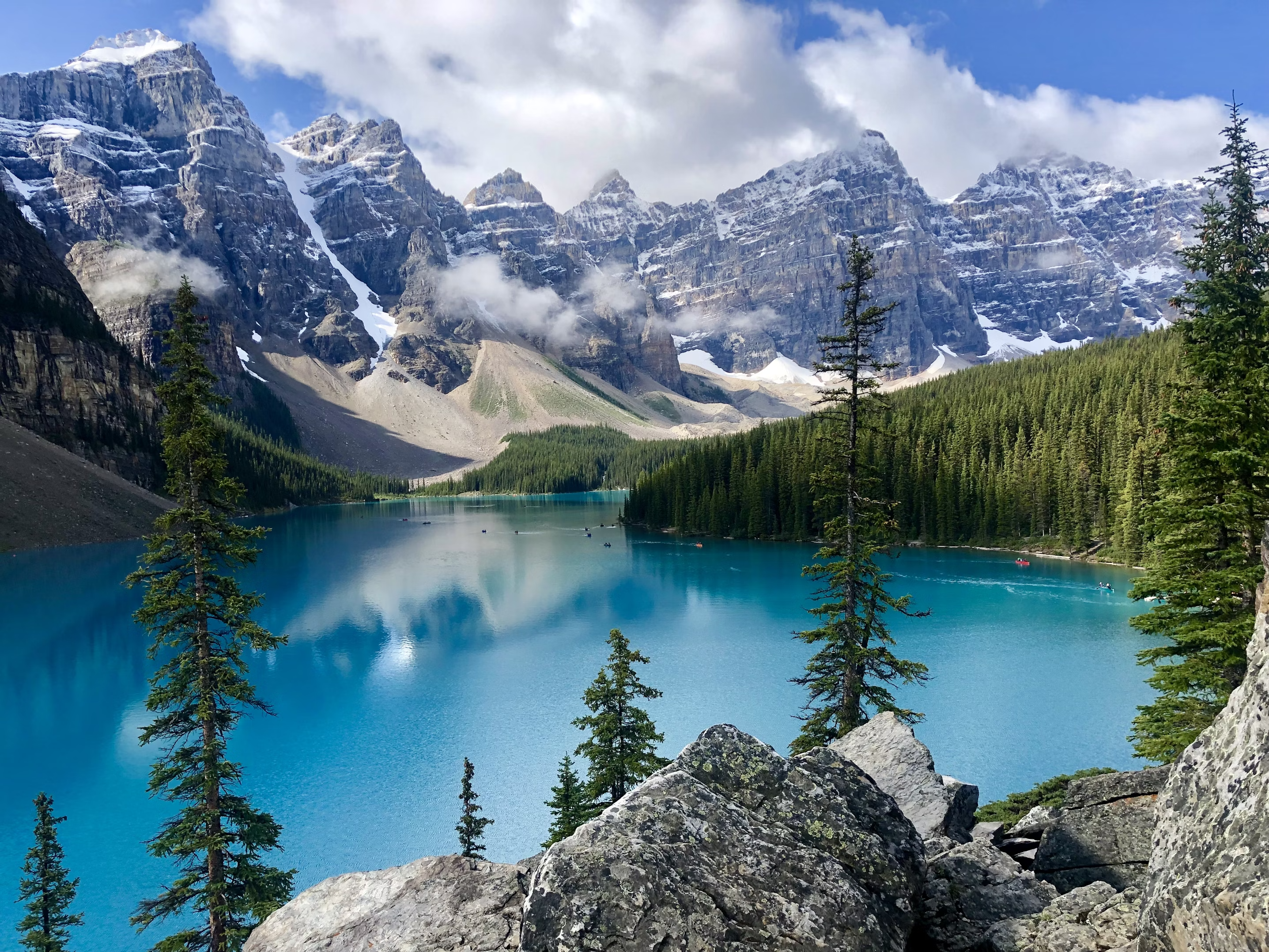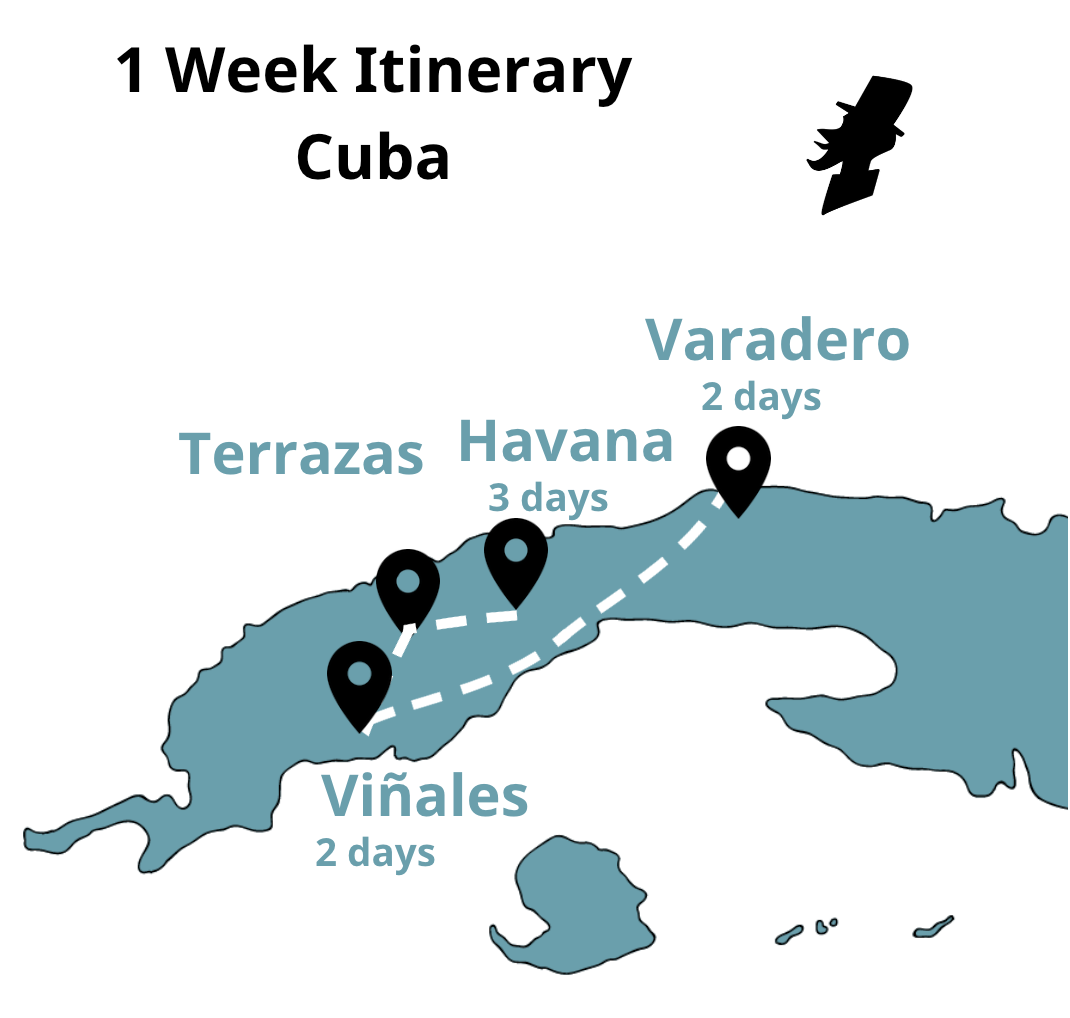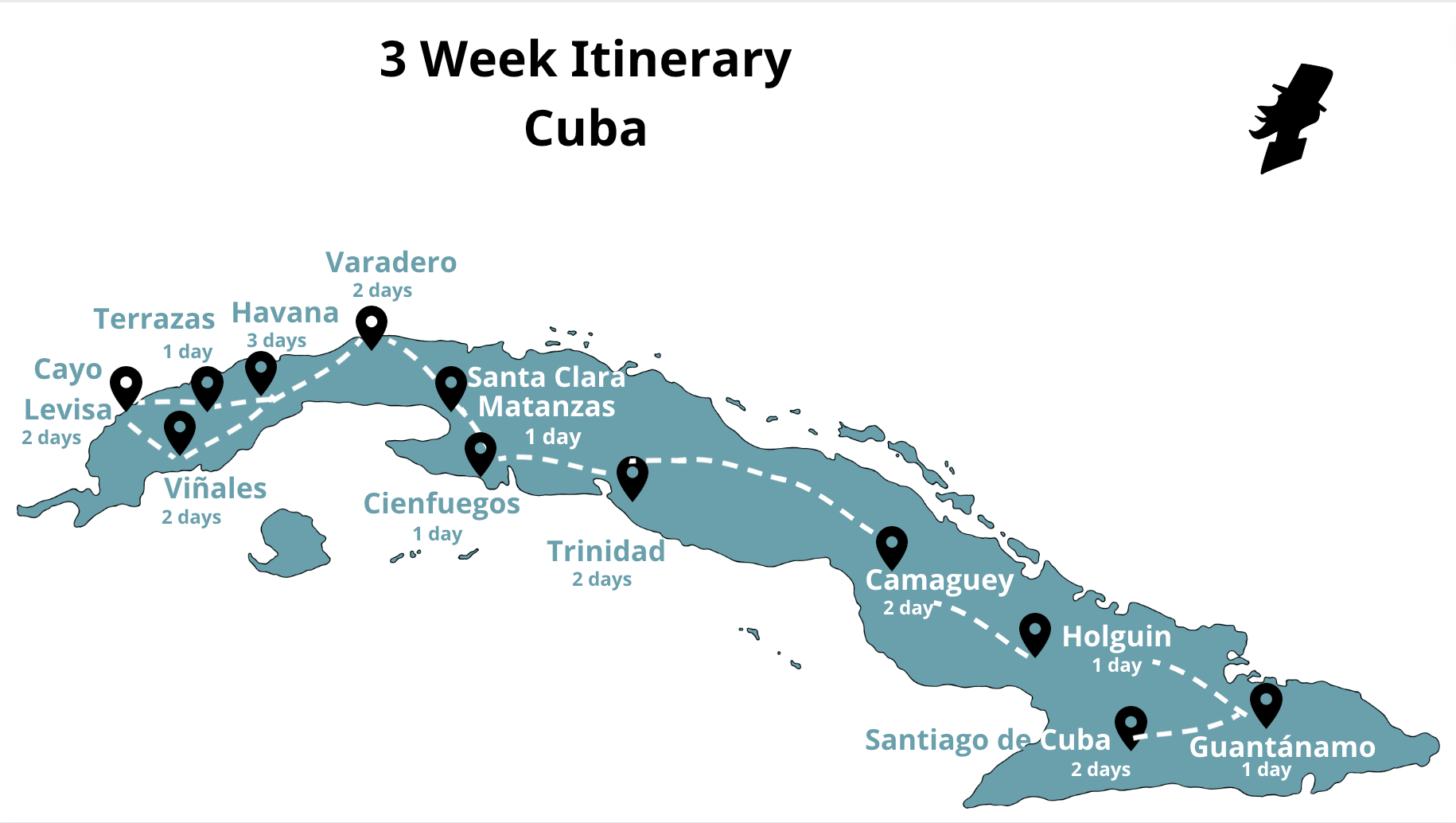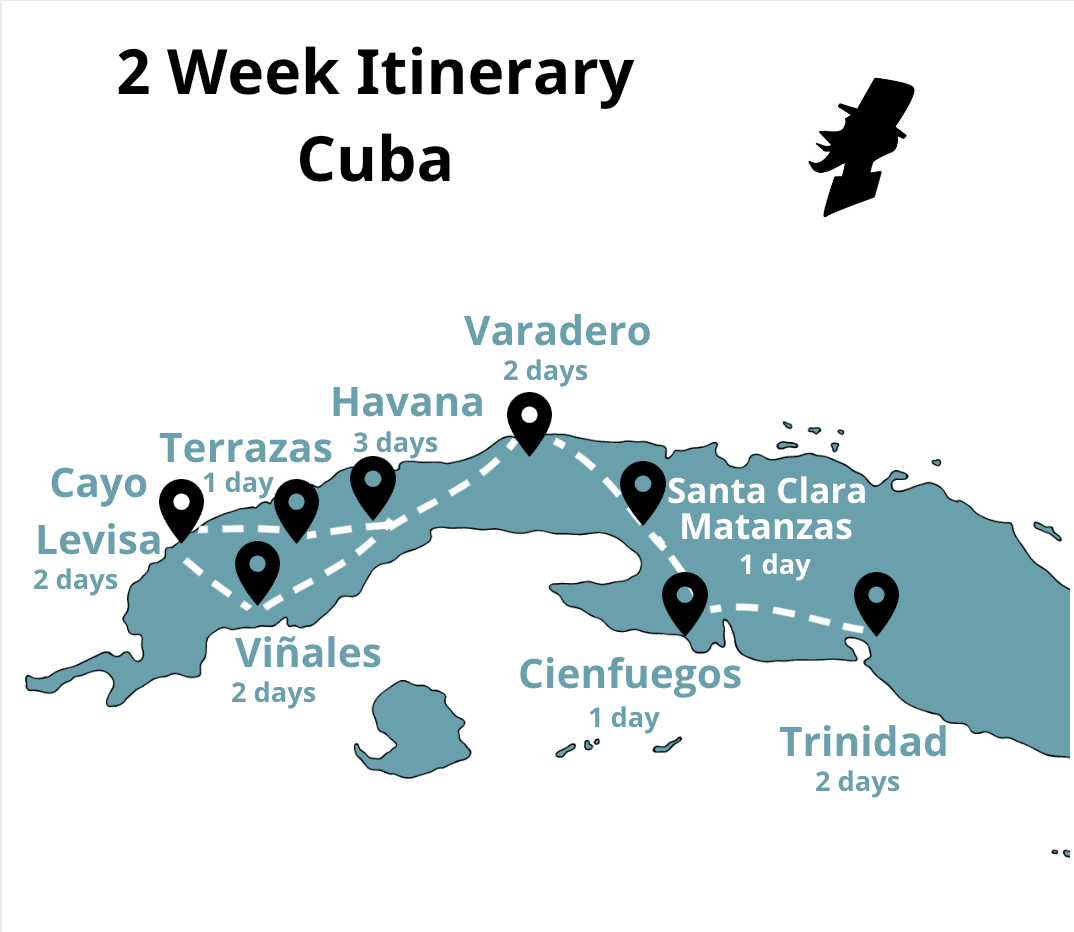You may be wondering what to do in Cartagena’s old city? Cartagena, also known as the heroic city, is probably the most popular city among tourists visiting Colombia. Gabriel Garcia Marquez once said “Cartagena is a city that they have been trying to destroy for over 400 years, and it is more alive than ever”. Cartagena is a port city on the Caribbean coast of Colombia. It is very popular for two things, its historic center and the beach. On the one hand, the historic center consists of the walled Old City, which was founded in the 16th century, and has colorful colonial squares, streets and buildings. Beaches can be enjoyed north of the city, or on the nearby islands, which transport you to paradise.
Cartagena has many things to know, so I will talk about its first attraction in this episode, the walled city. This part of the city is the main attraction of Cartagena for its tourists, for its colors, cobblestone streets, delicious food and hidden stories. The balconies, gates and narrow stone paths are also closely related to Colombia’s Nobel Prize winner, Gabriel Garcia Marquez. Now, I’m going to start telling you all the places you should visit in the walled city, as well as the history and secrets these places hide, and then I’ll tell you what and where to eat in this part of the city.
To begin with, the first thing you should know about the walled city is that this is the historic center of Cartagena, and it is surrounded by long kilometers of ancient walls that were built to protect the city from pirates. The walled city was declared a World Heritage Site by UNESCO in 1984.
Castillo San Felipe
The first place you should visit is the Castillo de San Felipe de Barajas, which was built in the 17th century. This is an impressive fortress that was built by the Spanish to protect themselves from pirates, and it is so well done that it was never conquered. They erected walls for protection. Entrance to this castle costs 25,000 pesos, or about 6 dollars, and my top recommendation is to arrive very early in the morning so that you are not with so many people, as it is a very popular attraction. The castle is very interesting and fun to visit because it has fortress tunnels that connect the important places. When you cross these tunnels you can hear everything, and that worked very well if an enemy tried to enter through these tunnels as it was an alarm signal for the Spaniards.
Puerta del Reloj
Your next stop in the walled city should be the Puerta del reloj. This is the main entrance to the walled city. Although there are 19 entrances around the city, which are also called bocas, this is the most important, because of the large clock tower. This tower was founded in 1661, is 30 meters high and has the most important clock in Colombia. This work became the main gate of the city and is one of the most iconic places in Cartagena.
Clock Tower Square
When you enter the walled city through this gate you will arrive at the clock tower square, where you will see a large monument to the founder of the city, Pedro de Heredia. When Pedro founded the city in 1533 he named it Cartagena de Indias to differentiate it from the Cartagena of Spain. At that time it was a city besieged by pirates, it was very attractive because it had excellent rum, and a tri-ethnic culture, which contained Afro, native and Spanish influences in one place.
Colorful Streets
Once inside the walled city you will discover the beauty of Cartagena, in its colorful streets, beautiful balconies of flowers and winks to the past. Cartagena mixes colonial and republican, and that is why it is such an interesting city, as it is the greatest representation of colonization, and the union between indigenous natives, Spaniards, and Afro-Americans.
Plazas
Your next stop after the clock tower should be the Plaza de los Coches. This square is behind the Clock Tower, and was a place where black Africans were sold as slaves, hence, it was called ‘Slave Square’. It had many names, such as “Plaza de Mercaderes” or ‘Plaza de la Yerba’, until it finally received the name of ‘Plaza de los Coches’, by a decree of the mayor’s office to allow the parking of cars in front of the Portal de los Dulces. After this square, you can go to another important square, called the ‘Plaza de la aduana’. In this square you will find the monument to Christopher Columbus, the great explorer who arrived in America in 1492.
Cloister San Pedro Claver
Near the customs square you will find the cloister of San Pedro Claver. This cloister is also a church and museum, and is one of the most beautiful to visit in Cartagena. It is worth paying the entrance fee to visit it, also because it is different from most cloisters. This one has inside huge trees and interesting vegetation. In the church are the relics of the saint after whom the church is named, so it is an important site for pilgrimage.
Historic Churches
After this cloister, you can explore other squares, and in most of them, you’ll find churches. One beautiful church, both inside and out, is the Cathedral of Santa Catalina de Alejandría – highly recommended for a visit. You can also visit Santo Domingo Square, built in 1559, with the Church of Santo Domingo. This church was deteriorating, and buttresses were added, giving the street in front of the church its name, “Calle de los Estribos” (Street of the Buttresses). Santo Domingo Square is one of the busiest in Cartagena, making it a great spot to visit at night for a drink.
While exploring these squares, take the opportunity to engage in the best plan within the walled city: wandering through its cobblestone streets, marveling at grand gates, flower-filled balconies, and colorful houses. Many doors have knockers or small sculptures representing the occupant’s profession—a Spanish tradition. Even though many houses are now renovated, the Spanish custom persists, evident in various sculptures. For instance, doors with fish sculptures indicate a resident involved in fishing or maritime trade, while lion-shaped knockers represent a military authority.
Iconic Houses
If you decide to stroll through the streets, you might encounter iconic houses, such as Gabriel García Márquez’s residence, where the writer lived for many years, or the purported home of English merchant Francis Drake. It is believed that Drake visited Cartagena to trade slaves and conduct other businesses in the Americas, and he had his own house within the walled city.
Museums
For history enthusiasts willing to visit a couple of museums, I recommend the Museum of the Holy Inquisition. Cartagena de Indias was the third city to have an Inquisition tribunal after Mexico City and Lima. While these tribunals once punished practices deemed sins and judged people for heresy or witchcraft, the place is now a museum, aiming to unite and counterbalance the inquisition’s dark past. This museum is highly recommended in Cartagena, so I suggest checking its schedules and tickets using this link. Another museum you can visit is located in Bolívar Square, a small gold museum that, although not extensive, is free, so it’s worth a visit if you’re nearby.
Heredia Theater
Your final stop within the walled city can be the Heredia Theater. This theater is spectacular inside, and you can either attend a show or simply enter to explore. If you want to enter, go to the back, the artists’ entrance, and ask to be let in to see, they usually allow it, or at least they did before the pandemic. This is not well-known among many people who believe you can only enter to watch a show, but it’s a great tip for those curious and only wanting to explore.
Explore the Best Restaurants in Cartagena
Now that you know all the places you should visit, let’s move on to the dining options within the walled city.
Buy Fruit with Palenqueras
My first recommendation is to buy fruit from a “palenquera.” Palenqueras are the vibrant fruit vendors that roam the streets, likely the most photographed women in Colombia due to their colorful dresses and fruit-filled baskets. Most of them reside in San Basilio del Palenque, the first town founded by “cimarrones,” escaped slaves who established communities in remote areas.
Indulge in Portal de los Dulces
After indulging in fruit, I suggest trying traditional sweets, available at various street stalls or the Portal de los Dulces. Many of these sweets have a family tradition and are part of African heritage in Colombia. It is believed that they originated from the preparations of African slaves who mixed different fruits found in Colombia with seeds hidden in their hair. My favorite dessert is “cocada,” a blend of coconut and panela. There are also delicious sweets made from an exotic fruit called tamarind, and some called “alegría,” so if you want to taste happiness, you must come to Colombia.
Try Patacones at Kioks
Following the dessert adventure, you can seize the opportunity to buy “patacones” from different kiosks. Patacón is flattened and fried green plantain. In Cartagena and the coastal areas, it is sometimes served with cheese, but I prefer it with avocado or guacamole. Patacones are one of my favorite dishes in Colombia, originally from Ivory Coast, where yellow plantains were flattened, but in Colombia, green plantains are used, and they are delicious. It is said that patacón was one of Gabriel García Márquez’s first meals when he had to escape Bogotá during the Bogotazo in 1949 and arrived in Cartagena without money.
Gabriel García Márquez Literary Menu
Many of Gabriel García Márquez’s works were inspired by Cartagena, such as “Love in the Time of Cholera” and “Of Love and Other Demons.” Currently, there is a tour called the “Gabriel García Márquez Literary Menu” that draws inspiration from some of Gabo’s novels to explore the city and taste the food mentioned in his works. This tour is recognized by the Ministry of Culture of Colombia for its extensive research and dedication. It includes all the food tastings, making it an excellent option to discover all the flavors of Cartagena, accompanied by history, literature, and excellent tour guides. Here’s the link where you can find this worthwhile tour.
Try Local Food
If you prefer to try typical dishes on your own, I recommend four: “arepaehuevo,” an arepa with a stuffed egg, “carimañolas,” made with yuca and filled with meat, “bollos de coco” or “mazorca con queso,” and “posta cartagenera,” a beef dish prepared Cartagena style. Most restaurants within the walled city are delicious, so any offering local dishes should be good.
However, there’s one restaurant different from the rest, and that’s the only one I’ll recommend in this chapter. This restaurant is the San Diego Women’s Prison, run by inmates. The restaurant was named by Times as one of the top 100 places to be because, aside from serving good food, it’s a valuable social project that provides opportunities for the inmates, reducing recidivism. The place is clean, well-lit, adorned with beautiful murals, and run by the inmates, most of whom are there for small-scale drug trafficking, seeking extra income as housewives. The restaurant offers a tasting menu for 90,000 pesos, approximately 25 dollars, and all proceeds are used for educational workshops in the prison. It’s often busy, so you should reserve on their website.




